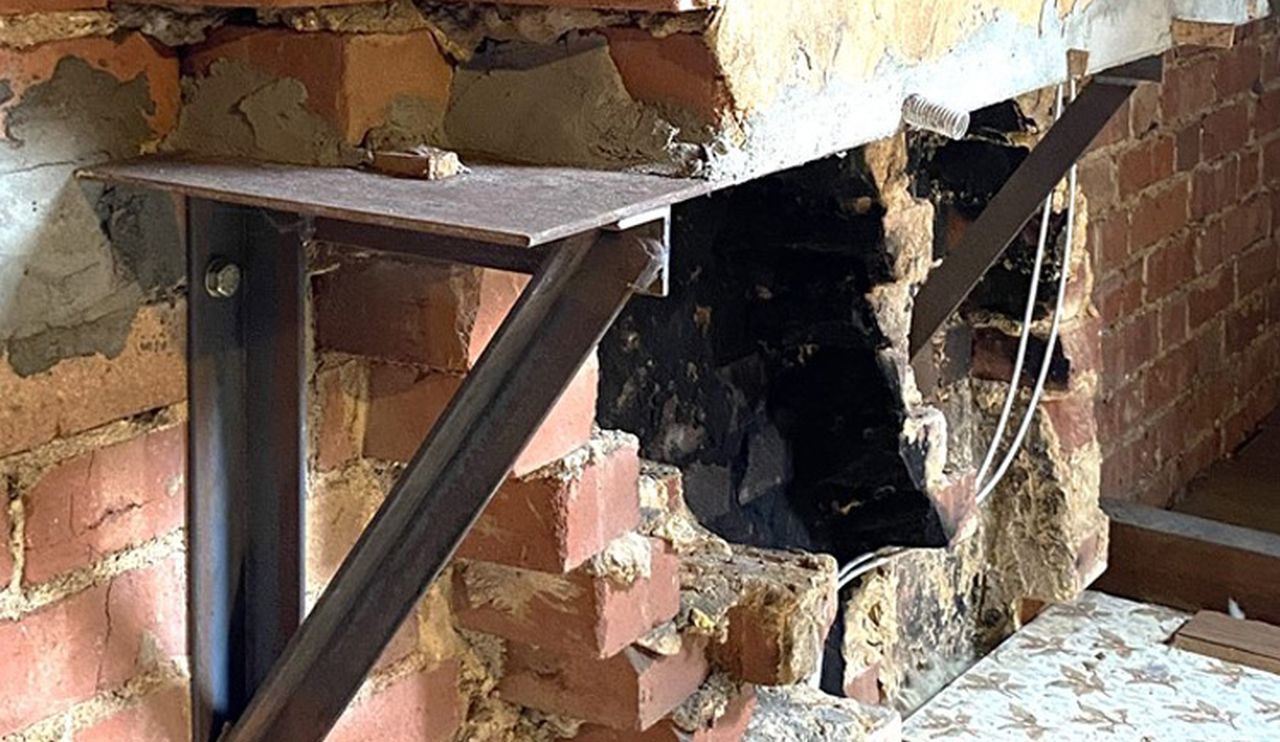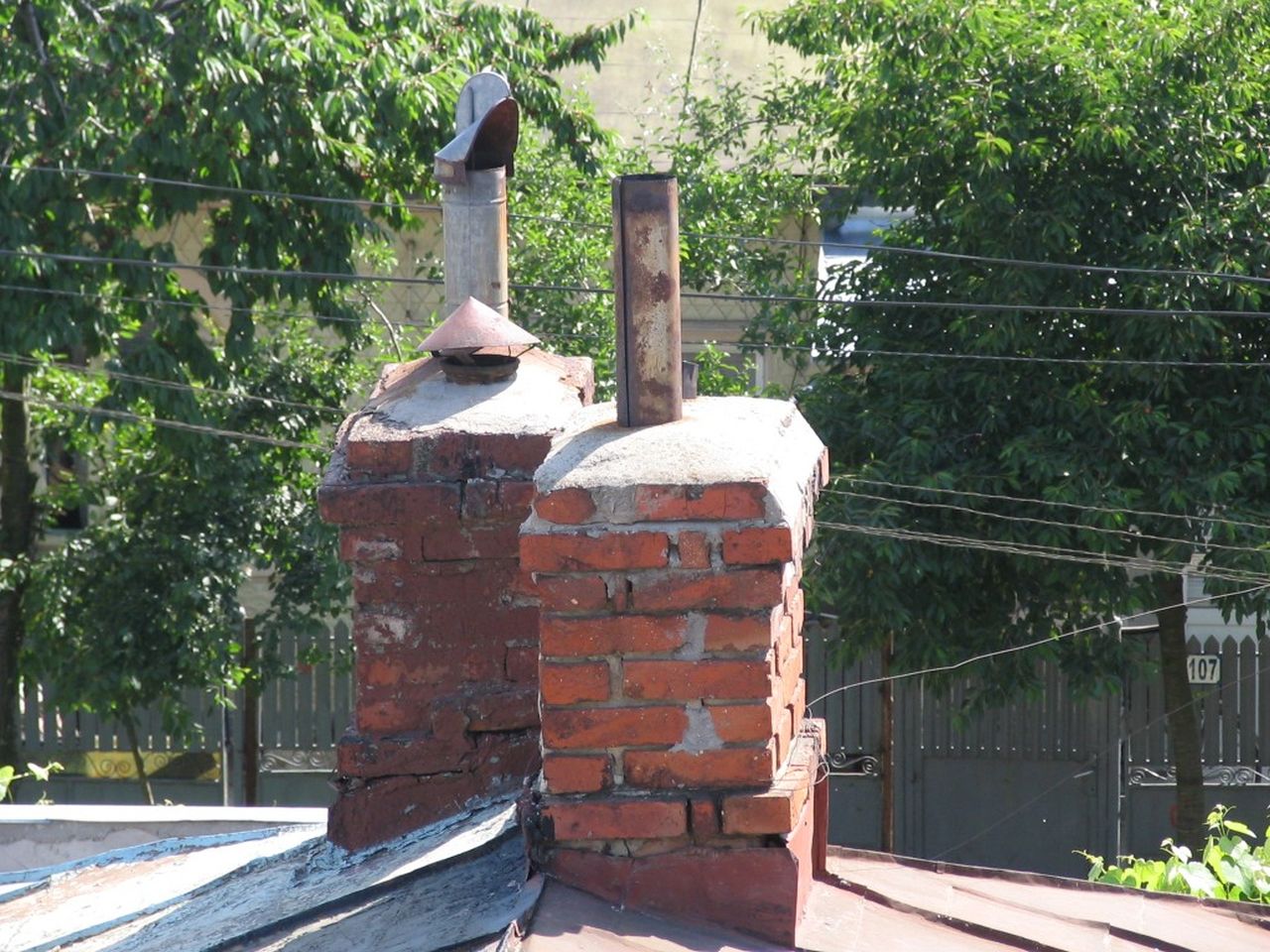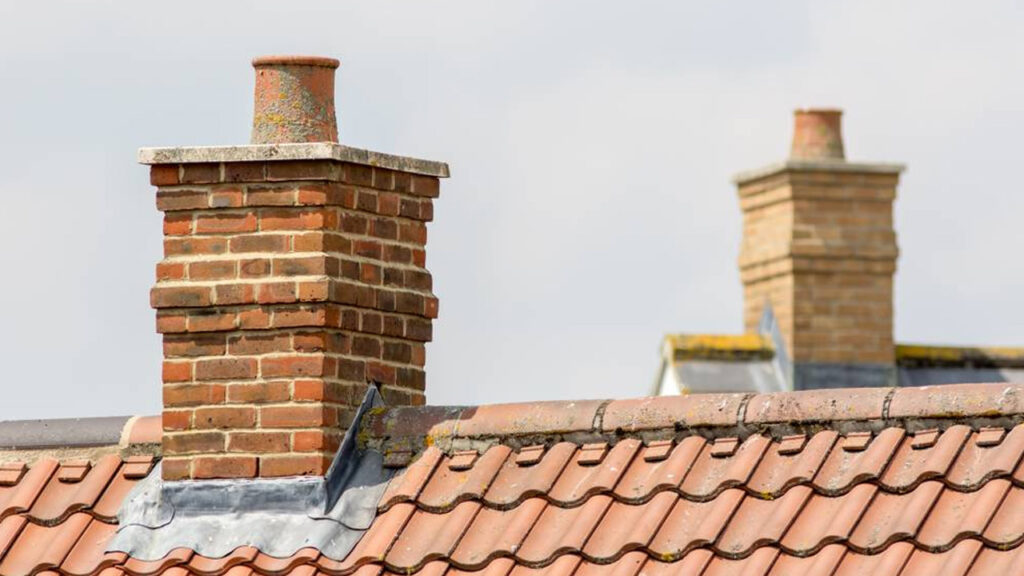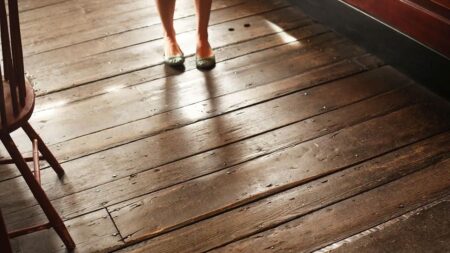Is an old chimney breast taking up valuable space or ruining your room layout? You’re not alone; many homeowners consider removing this feature, but the process can seem daunting due to structural concerns, regulations, and potential costs. This guide will simplify the process, offering a clear roadmap for safely and legally removing a chimney breast. We’ll cover everything from understanding the structure to hiring the right professionals, ensuring you have the knowledge to make informed decisions and transform your living space.
By the end of this guide, you’ll understand the essential steps, potential challenges, and critical safety and regulatory requirements involved in chimney breast removal, empowering you to approach your renovation project with confidence and achieve your desired outcome.

Reasons for Removing a Chimney Breast
Chimney breasts, once essential for fireplaces and stoves, are often removed in modern homes for several practical reasons:
- Maximizing space: Removing a chimney breast creates more usable floor area, allowing for more flexible room layouts and furniture placement
- Improving aesthetics: A chimney breast can make a room feel narrow or unbalanced. Its removal can create cleaner lines and a more open feel
- Eliminating damp or structural problems: In older buildings, unused chimney breasts may trap moisture or develop cracks, leading to damp issues or structural concerns
- Modernizing the layout: Removing this outdated architectural feature can help facilitate open-plan living or make room for modern installations, such as larger kitchens or built-in storage
Although the benefits can be significant, removal often requires structural support and compliance with building regulations.
Understanding the Structure: Load-Bearing Considerations
Chimney breasts are often load-bearing, meaning they support the weight of the chimney stack and the flue. The structure above, such as the loft or roof, relies on the chimney breast to distribute the weight and prevent structural collapse. Therefore, it is crucial to assess whether the chimney breast is supporting any weight above and ensure the removal doesn’t jeopardize the building’s stability.
Why a Structural Engineer is Essential
Before beginning any demolition, it’s essential to consult with a structural engineer. They will conduct an assessment, ensuring the chimney stack and the surrounding walls are properly supported throughout the process.
A structural engineer will also design the new support system to replace the chimney breast and ensure that the weight distribution is balanced. Without this professional assessment, the risk of structural failure is significant.

Methods for Supporting the Remaining Structure
Once the chimney breast is removed, the remaining structure must be supported to maintain the building’s integrity. There are two primary methods used to support the remaining structure:
Gallows Brackets
These are steel or concrete corbels bolted to the wall, typically used for smaller loads. These brackets are extremely robust and shaped at a right angle. These brackets can be used to support the integrity of the remaining structure. However, they are less common and may not be suitable for all types of buildings.
Pros: Inexpensive and quicker to install.
Cons: Not suitable for larger, multi-storey buildings or heavy loads.
Steel Beams (RSJs)
These steel L-beams are installed to carry significant loads, often spanning across large openings. However, this process creates a lot of mess and dust, so it is better to protect your furnishings. Before using this method, you must know its pros and cons for a more cautious use.
Pros: Suitable for multi-storey buildings and heavy chimney stacks.
Cons: More expensive and complex to install. Temporary support during installation is required.
Before you go ahead and apply these aforementioned methods to support the post chimney breast structure, it’s better to consult with a structural engineer, who will determine the best method based on your home’s requirements.
Role of Structural Engineer
A structural engineer is a non-negotiable professional when it comes to chimney breast removal. They are responsible for assessing the load-bearing structure, performing load calculations, and designing the necessary support to ensure the safety and stability of your home.
The structural engineer will also provide detailed drawings and calculations for the local building control authorities to approve, ensuring that the work complies with building regulations.
Regulations and Legal Requirements
Before removing a chimney breast, it’s essential to understand the legal and regulatory requirements, as it involves structural changes. Key steps include:
Building Regulations Approval
You must notify Building Control, submit structural plans, and pass inspections to ensure the work is safe and properly supported. Your local building control officer must be invited to inspect the progress of the work and upon completion. Only the local building control officer will issue a completion certificate once he is satisfied.
Party Wall Act 1996
If the chimney is shared with a neighbor, you’ll need to serve formal notice and get your neighbor’s written approval for your work. A Party Wall Surveyor may be needed if there’s no agreement.
Planning Permission
Usually not required unless your property is listed or in a conservation area—but always confirm with your local authority.
Removal Process
Planning & Design
Consult with the structural engineer and obtain drawings for support. Notify any necessary parties (neighbors or local authorities) and, if required, get their approval before commencing the project.
Preparation and Safety
Before you go ahead with the removal process, make sure to check for any moisture, as chimney removal often leads to damp issues. You must ensure that the area is well-sealed and ventilated. Turn off services (gas, water, electricity) if required. Protect surrounding furniture and floors with dust sheets. Last but not least, update your fire safety measures, such as smoke detectors. But only in the case of the chimney’s prior use.
Temporary Support
Before demolition, install any temporary support structure that adheres to your structural engineer’s design. For example, use acrow props to hold up the structure above while the chimney breast is removed.
Demolition
Start the demolition process and carefully remove the chimney breast, starting from the top down. Though it is inevitable, try and manage the debris carefully to avoid any mess.
Install Permanent Support
Once the breast is removed, the permanent support system (e.g., steel beams or gallows brackets) must be installed. This step is significant to ensure the stability of your home and compliance with building regulations.
Making Good
This is a messy process and often produces a lot of waste and dust particles. So, it’s important to repair the walls, ceiling, and floors where the chimney breast was removed, and ensure the space is ready for redecorating.
Hiring the Right Professionals
The success of your chimney breast removal largely depends on the professionals you hire. Here’s a quick guide on who you need and when:
- Structural Engineer: Needed at the planning stage for assessment and design
- Party Wall Surveyor: If the chimney is shared with a neighbor, and the Party Wall Act applies
- Builder/Contractor: Needed for the physical demolition and installation of support
- Architect (optional): If the removal is part of a larger renovation project. Ensure that professionals have the proper qualifications, experience, insurance, and clear contracts
Risks, Challenges, and How to Mitigate Them
There are some common challenges that homeowners usually face during chimney breast removal.
- Unforeseen Structural Issues: These can arise when unexpected damp or rot is discovered during the demolition process. Chimney removal can impact the structural integrity of your home
- Excessive Dust and Mess: Demolition can be messy and disruptive; proper preparation is essential
- Party Wall Disputes: Disagreements with neighbors can delay or halt the project
- Incorrect Support Installation: A failure in temporary or permanent support can lead to structural collapse
Always plan for these risks with appropriate contingency measures and professional consultation.

Conclusion
Removing a chimney breast can significantly improve your living space, but it requires careful planning, professional input, and adherence to legal requirements. By consulting with structural engineers, obtaining necessary approvals, and budgeting appropriately, you can ensure a safe and successful project that transforms your room layout and overall home aesthetics. Always remember: when in doubt, hire professionals to safeguard both your home and your peace of mind.
FAQ’s About Chimney Breast Removal
Q. Is it a good idea to remove a chimney breast?
A. Removing a chimney breast can spruce up your space. However, the only way to decide its safety and practicality of removing a chimney is through consultation with a professional.
Q. Is a chimney breast load-bearing?
A. Yes, chimney breasts are a load-bearing structures that run through the ground-floor of your house, through the floors, and into the chimney stack located on the roof.
Q. How to get permission to remove the chimney breast?
A. Before efficiently kicking off the project, you will require building regulation approval to remove a chimney breast. Once you have a final plan, you can apply to your local building control.
Q. How to ventilate a chimney breast?
A. You simply need to drill holes where the old fireplace was situated. After you are done with the process, simply cover the holes with a vent.
Follow Homecrux on Google News!




